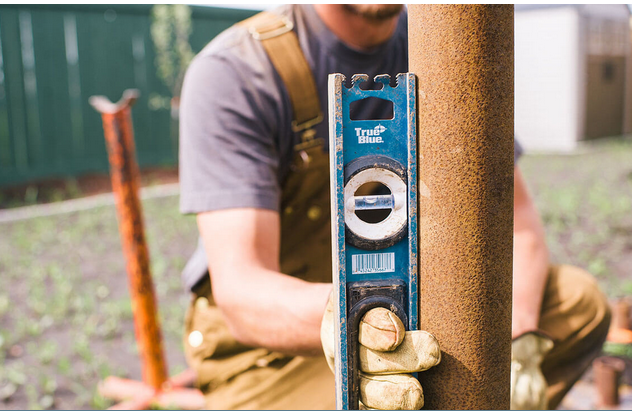Benefits of Using Screw Piles for Concrete Foundations
Screw piles, also known as screw pails, screw piers, screw foundations, screw anchors, helical piles, or helical mounts are a steel screw or metal screw foundation and ground anchor system primarily used for construction of shallow foundations. Screw piles can be built to withstand tremendous loads and provide years of service if properly maintained. Screw piles are constructed by hand or using hand-operated machines. Most modern construction projects and large structures are the result of the use of this system. In order for a system of this design to be called a screw pile, it is generally constructed with a number of upright rods that are driven by hand or mechanically.
Screw piles are commonly used in the construction of sloping ground foundations because the height of the concrete footing is less than the maximum concrete depth. Screw piles are installed to level the ground surface by holding the soil up and compressing it. The compacting action of the soil on the upright rods helps to uniformly distribute the weight of the concrete, which is then placed on the rods and tightened down. The concrete is held up by a rotary hydraulic machine or by hand, and the entire installation process is usually completed in less than two hours.
Before the installation process begins, a professional landscape engineer and/or architect should review the site plan to ensure there are no underground anomalies that would affect the integrity of the design. The engineer will also need to verify that the site plan includes all necessary drainage requirements and that there are no underground elements that will need to be installed during the installation process. The engineer will likely hire several people to help him with the design. These include a professional plumber, a pressure washer operator, and one or more electricians. Because of the special design features of screw piles, these individuals will likely need to have strong electrical skills and work experience with heavy machinery.
The primary reason to use screw piles is to eliminate the need for excavation. This method allows for maximum soil permeability because the soil is completely sealed off from the outside world. During the installation, the soil is leveled and compacted to allow the proper amount of water flow through the piling. The water, in turn, helps to keep the pile from leaking because of the water seal that is present.
There are many advantages to the screw piles installation process. They are typically used in applications where it is difficult or impossible to install concrete on-site, such as when it is needed to support a roof. With the precast concrete, there is no need for steel reinforcement, which can lead to additional structural cost. When compared to traditional poured concrete, the installation time and labor costs are minimal, making this an attractive option for many building project managers.
Using screw piles for the installation of concrete foundations can be more economical than poured concrete because the concrete foundations do not require steel reinforcement. Many factors will need to be considered before a single layer is installed, including the permeability of the soil, the amount of soil runoff, and the soil texture. It is important to keep these in mind when selecting the appropriate screw piles to use. A properly chosen and installed pile will be sturdy and reliable, with a long lifespan and low maintenance requirements.


